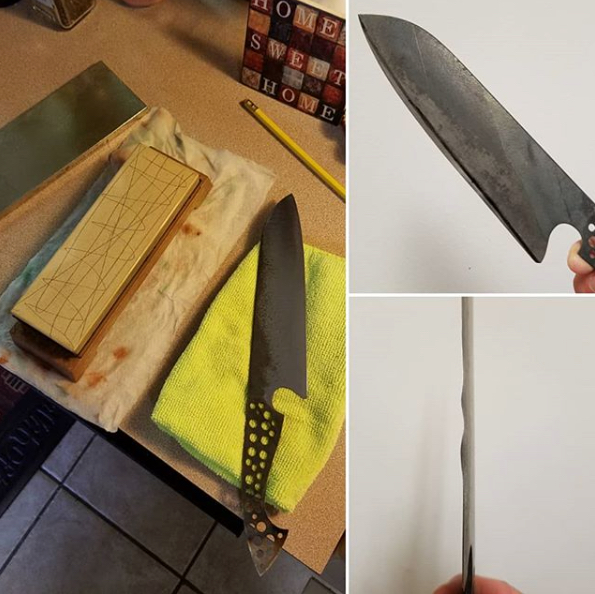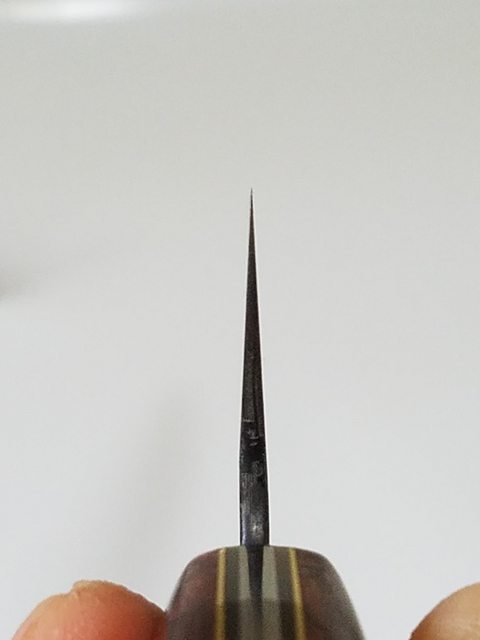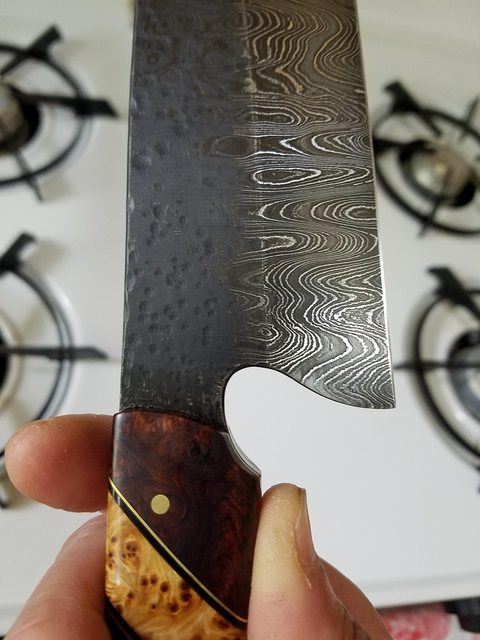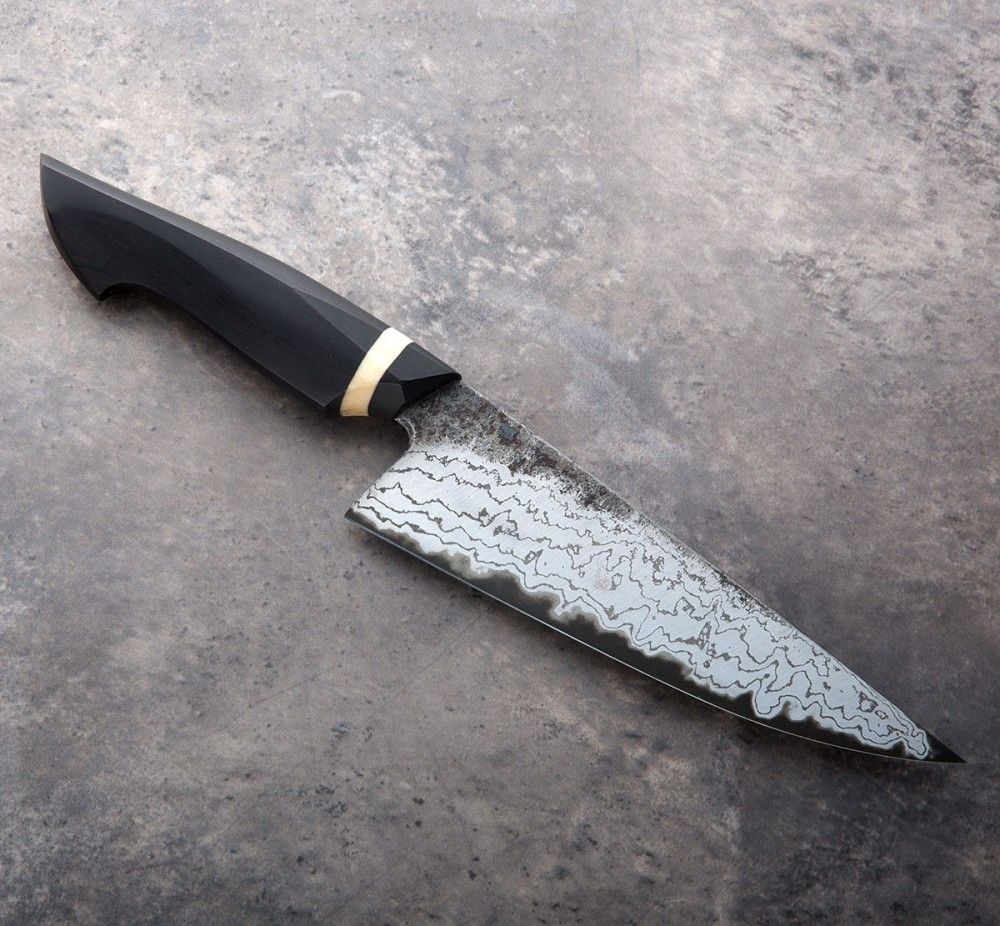83kamaleon
Active Member
Hello everyone, I'm building a nakiri, I set the bevels and I went up to the 400 grit before heat treating, leaving a half millimeter on the edge, now I'm thinking that it coulb be thinned behind the edge to have better cutting performances, I ask advice from you experts, does it seems thick? can i thin it after the hardening?with Wich grit is better to proceed? or should I go back to the grider now, I'd like not to scratch it again
https://imgur.com/a/EFC9usc
https://imgur.com/a/EFC9usc
















